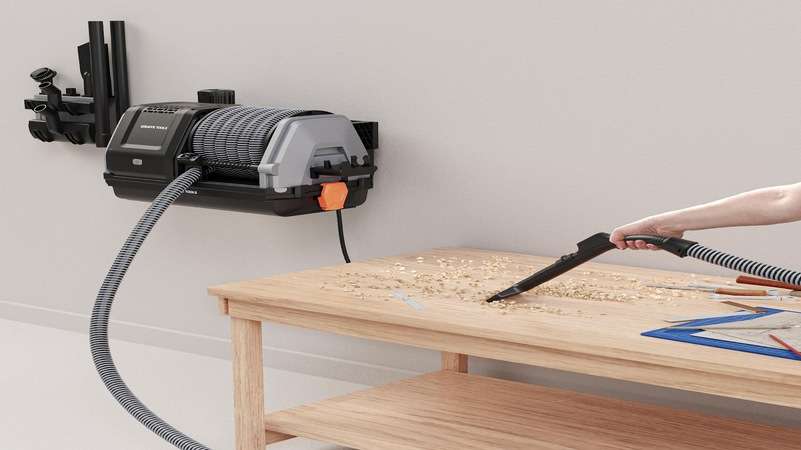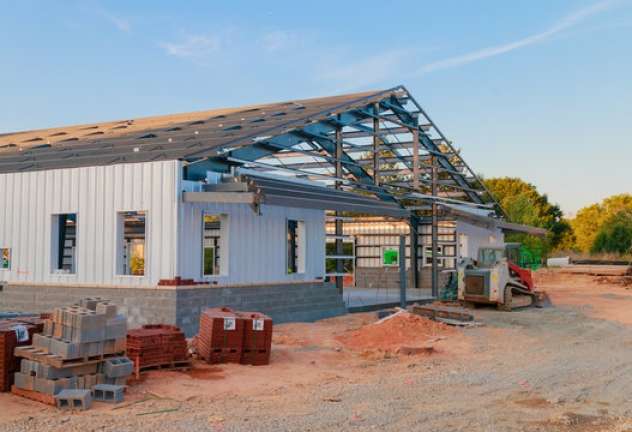Nothing frustrates a contractor more than when their construction equipment goes down. Downed machinery means lost time and lost money for a construction crew. You can avoid losses by following a few basic machine maintenance steps.
Keep reading to learn the specific steps for basic machine maintenance.
Eyeball It
Your eyes are your first tool for machine maintenance. Begin with a visual inspection of your machine undercarriage by looking for simple problems.
- Leaks
- Obvious damage
- Dents
- Wear on bushings, pins, and sprockets
- Bent trackpads
If you notice wear on the top of bushings and pins, then turn the bushings and pins.
Examine sprockets closely for sharp points. These points indicate wear on the sprockets.
Measure the Components
After you’ve given the machine a good once over with your eyes, measure your individual equipment undercarriage components to determine wear. You will need two different tools for this task:
1. Caliper Tool
Use the caliper for roller measurements. Measure the diameter of the rollers at their widest part, and then measure the bottom rollers under the flange shield. You may need a caliper tool with a bent to reach the bottom rollers.
You can use the caliper tool to find the diameter of your bushing as you examine your pins and bushings.
2. Depth Gauge
Use the depth gauge to measure between the shoes. Then use a ruler or tape measure to record the shoe width. You can also use a depth gauge to measure the idler.
Check for Loose Tracks
You’d hate to be in the middle of a big job and lose a track of your machine. Loose tracks are a serious hazard. Do yourself a favor by inspecting your tracks to make sure they’re not loose.
To check for a loose track, you need a measuring tape. Here’s how to do that.
- Measure from the highest point of the front roller to its back.
- Identify the center of the tape.
- Measure the distance between the center of the tape and the top of your track.
Your manual will help you some at this point, telling you where a track should lie. The track should have some sagging. Too much sagging, though, indicates a loose track, so use your best judgment.
Check Your Rail Height and Pitch
To check the pitch of the rail, put your machine in reverse and back it up. This will tighten the track. Then look at the distance across five of your pins.
This distance will indicate the pitch of your rail.
Use your depth gauge to check the height of your rail. Place your depth gauge bar along the bottom of a section of the rail under your track. Then run the depth indicator post all the way to the bottom of the shoe.
This measurement will give you rail height.
Why Machine Maintenance Matters
Your machine’s own machine maintenance should not replace your regularly scheduled maintenance with a professional. However, your visual inspection will lead you to understand what equipment parts you may need. Sites like vistaequipment.com will give you an idea of repair costs.
When you properly maintain your equipment undercarriage, you can expect the following results:
- Retained value
- Safer machiner
- Fewer big repairs
- Better performance
When you care for your machinery, you save lost time on jobs and save money in the end and ensure longer-running machinery.
Get Low, Save a Machine
Take a few minutes regularly to bend down for undercarriage maintenance. These basic machine maintenance steps will keep your operation running.
For more helpful articles to improve your business and life, keep visiting our site.
















